Indoor Trainers
Indoor Trainer Breakdown
With all of the different types of indoor trainers out, it is hard to decide which is the best for you. Indoor trainers differ by two main ways; how the trainer makes contact with the rear wheel of the bicycle (TIRE or RIM DRIVES) and by the type of mechanism used to apply resistance (WIND, MAGNETIC or FLUID).
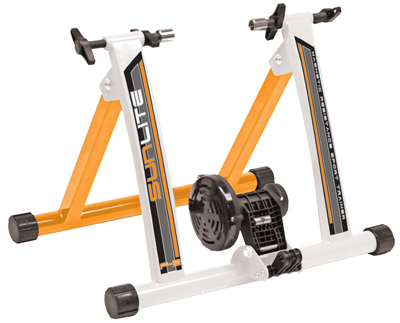
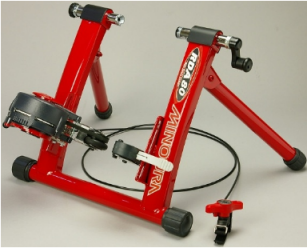
TIRE & RIM DRIVES
Tire drives are easy to set up. Some tire drives allow the users' weight to be the source of friction between the tire and trainer. Most use a spring loaded knob that is adjusted upon user discretion. Trainers that are tire driven often wear down tires, quicker than being used on the road.
Rim drives are harder to set up for different tires sizes and more expensive. However, they cause no wear on tires and can save money in the long run. Rim drives will also run a bit quieter than tire drives.
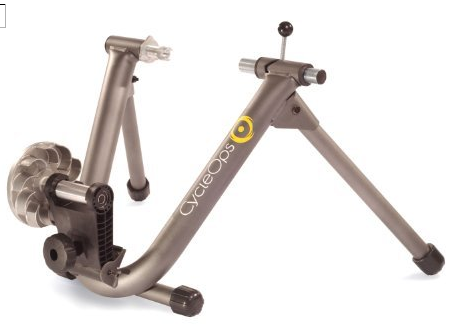
WIND TRAINERS
The most basic of trainers, a wind resistance trainer provides resistance through fans attached or built into a weighted flywheel. Though the least expensive of trainers, they are also the loudest and provide little resistance.
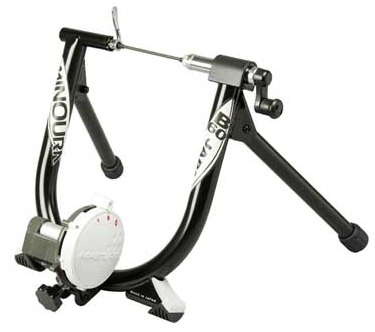
MAGNETIC TRAINERS
Magnetic trainers use magnets to resist, the rotation of the weighted flywheels. Though more costly, most offer adjustable intensity levels, switched by hand or remote. These trainers provide a quiet, smoother ride.
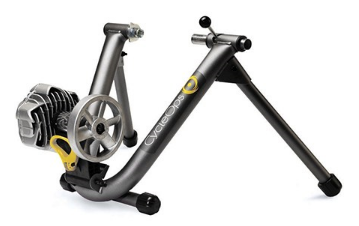
FLUID TRAINERS
Fluid trainers use turbines encased in fluid filled units to provide progressive resistance (the faster you ride, the harder it gets). They are known to offer the quietest, most road bike rides, and in general carry the heaviest price tags.
